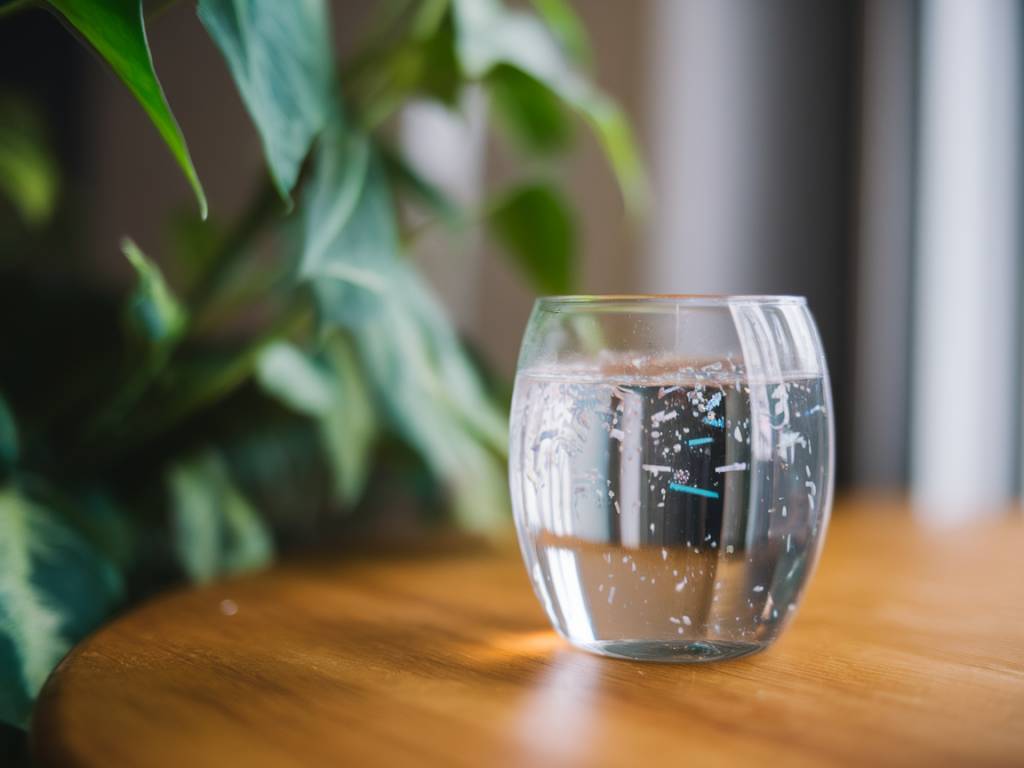Understanding the Health Risks of Microplastics in Water and Food
Hello, dear reader! It’s Sienna here, and today, we’re diving (pun intended!) into a topic that’s been making waves in the health community: microplastics. If you’ve ever wondered what these tiny particles actually mean for your health, you’re in the right place. So, grab a cup of herbal tea, sit back, and let’s unpack this complex issue together.
What Exactly Are Microplastics?
Before we delve into the health implications, it’s crucial to understand what microplastics are. They are small plastic particles, less than five millimeters in size, often originating from larger plastic debris that degrades over time. You might find them in everyday products like cosmetics, clothing, and of course, that infamous plastic bottles we’re trying to avoid. These tiny particles find their way into our water systems and, subsequently, our food chain.
How Do Microplastics Enter Our Water and Food Supply?
Microplastics are stealthy little devils! They drift through our water systems via wastewater, industrial discharges, and storm runoff. Imagine a walk on the beach only to discover that, unfortunately, the beautiful ocean waves may be carrying unseen hitchhikers. From there, marine life ingests these microplastics, mistaking them for food. And we, being at the top of the food chain, eventually consume these tiny plastics when we enjoy our seafood fare or even when drinking water.
The Invisible Invaders: Potential Health Risks
You might be wondering, « Can something so small really harm us? » Well, it seems size does not matter when it comes to potential health risks. While intensive studies are still underway, early research suggests that microplastics could have several negative health impacts. They may lead to:
- Gastrointestinal irritation: The abrasive nature of these particles might affect our digestive systems.
- Toxic chemical exposure: Microplastics can attract not-so-friendly chemicals that might leach into our cells.
- Inflammation: The body’s immune response to these foreign particles can lead to inflammation.
Sounds intimidating, right? But don’t panic just yet – knowledge is power.
What the Research Tells Us
One of the biggest challenges in studying microplastics is how new the research area is. Current studies, albeit limited, show cause for concern. For example, microplastics have been found in bottled water, shellfish, and even table salt! While more research is needed to establish concrete health outcomes, outcomes demonstrating their pervasiveness in the environment are enough to raise eyebrows.
A Practical Approach: What Can We Do?
Okay, so now we’re aware, what next? We don’t need to live in a hermetically sealed bubble to avoid microplastics – let’s be real here. Instead, small, everyday changes can significantly minimize our exposure. Here are some savvy swaps and tips:
- Choose glass or stainless steel over plastic bottles. They aren’t just chic options; they’re safer too!
- Be mindful about seafood consumption. Support and purchase from sources that push for sustainable fishing practices.
- Invest in a reliable water filter for your home. It’s a worthwhile investment in safeguarding your health.
Remember, one tiny change today can lead to a big difference tomorrow.
The Future Outlook: Is There Hope?
While the facts presented might seem daunting, the good news is that awareness is on the rise. Governments, scientists, and communities worldwide are championing for change. From bans on single-use plastics to innovative clean-up technologies in our oceans, there’s a global momentum to tackle this issue head-on. As consumers, staying informed and making conscious choices contribute to this collective effort.
Before we part ways, remember this: your health and well-being matter. By understanding the potential risks of microplastics and making informed choices, you’re already ahead of the curve. Keep shining, keep questioning, and as always, take good care of yourself!
Until next time,
Sienna
